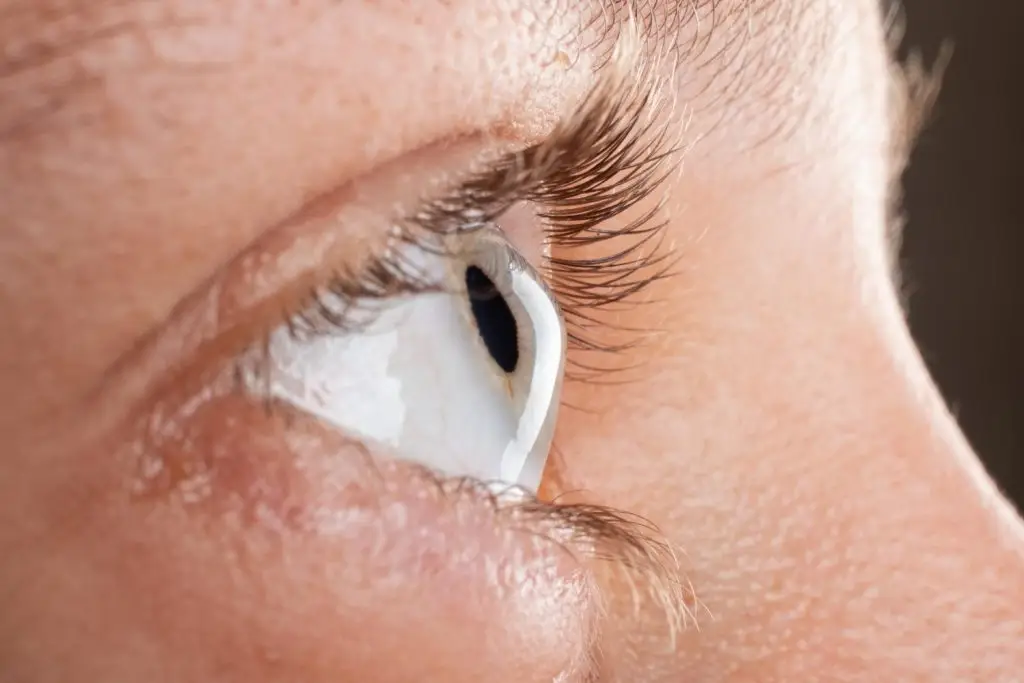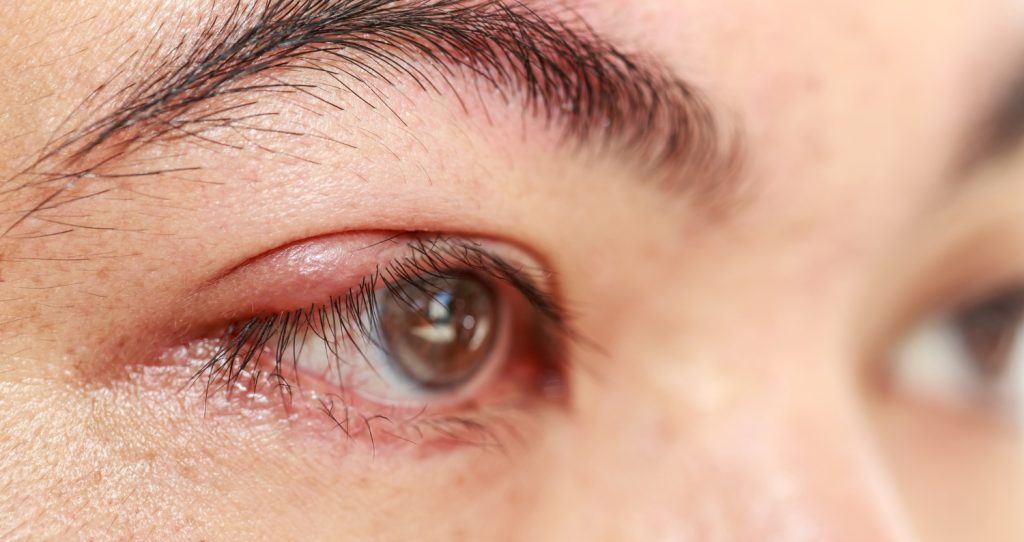
טיפות דמעות – מה זה ולמה משתמשים בהן?
טיפות דמעות הן תמיסות רפואיות או קוסמטיות שמטרתן להקל על
A stye is a small, sometimes painful lump or swelling that appears on the eyelid. It results from a blocked oil gland in which inflammation or infection develops.
The eyelids contain a large number of tiny oil-producing glands called meibomian glands. These glands secrete oil that coats the surface of the eye, preventing the evaporation of tears. Incarcerated barley occurs when one of these glands is blocked, leading to a buildup of oil that forms a lump. While ringworms are often associated with inflammation, they are not caused by bacteria and are not contagious.

The main cause of trapped barley is a blockage of the meibomian gland. This blockage can be due to multiple oil secretions or changes in the composition of the oil, which may slow down its flow out of the gland. Another reason can be a previous inflammation or eyelid inflammation that can contribute to the development of incarcerated barley.
Several factors increase the likelihood of developing incarcerated barley.
These include:
By understanding the causes and risk factors, proactive steps can be taken to prevent and treat trapped barley. The following sections will delve into symptoms and diagnosis, followed by detailed insights into available treatment options.

The main symptom of incarcerated barley is a lump on the eyelid, which may develop over a few days. Although it is usually painless, the area can be tender to the touch. Other symptoms may include:
Diagnosing incarcerated barley usually involves a physical examination by an eye specialist. The doctor will examine the eyelid to check its size, location and nature of the lump. In most cases this test is sufficient for diagnosis. In rare cases, especially if the incarcerated barley recurs in the same place, the doctor may recommend a biopsy to rule out more serious conditions, such as eyelid cancer.
Initial treatment for incarcerated barley often involves conservative measures:
Surgery is suggested as a way of treatment when the trapped barley does not respond to other treatments or if it significantly affects vision:
In addition to medical treatments, certain medications and home remedies can be helpful:
Although incarcerated barley is usually not a serious condition, complications can occur, especially if left untreated:
For those with recurrent pain or existing eyelid disease, long-term treatment strategies include:

Making lifestyle changes can help prevent incarcerated barley:
A consistent eye care routine is the key to preventing trapped barley:
Researchers are looking at new drug treatments that can more effectively treat inflammation and blocked glands. These include steroid injections with improved formulations and antibiotics with better penetration capabilities. The future of incarcerated barley treatment looks promising with the advent of microsurgical techniques and laser treatments. These advances aim to provide faster recovery times and reduce the risk of complications. In addition, ongoing research into identifying the causes of meibomian gland dysfunction promises prevention strategies and more targeted treatments.
Incarcerated hives, although usually not serious, can be uncomfortable and reoccur in some people. Understanding the symptoms, knowing the effective treatment methods and adopting preventive measures are essential to treating this condition. Advances in research methods and medical treatment offer hope for more effective and less invasive options in the near future.

טיפות דמעות הן תמיסות רפואיות או קוסמטיות שמטרתן להקל על

ויטמין C הוא אחד הוויטמינים החיוניים ביותר לבריאות העיניים, הודות

מרכז מומחים לאבחון וטיפול מתקדם בתסמונת העין היבשה ומחלות פני שטח העין















